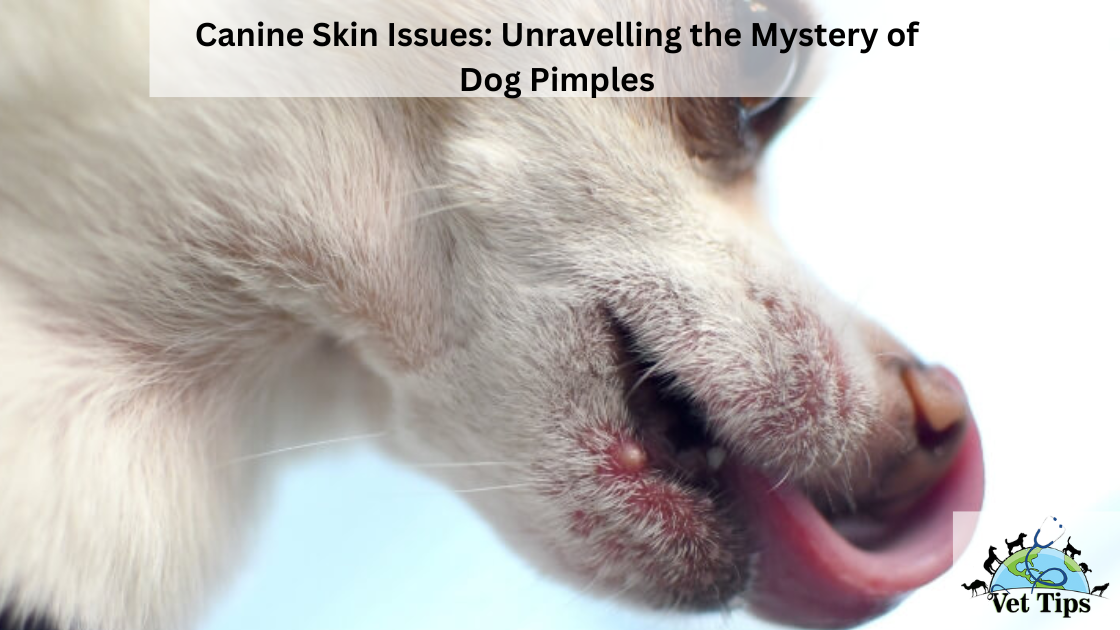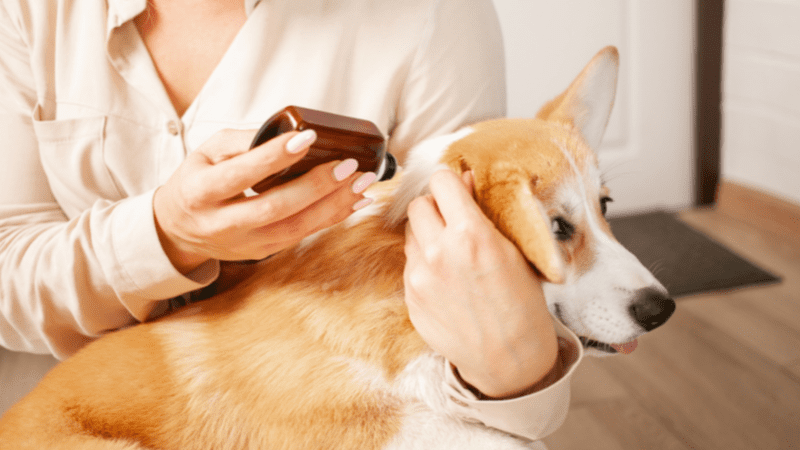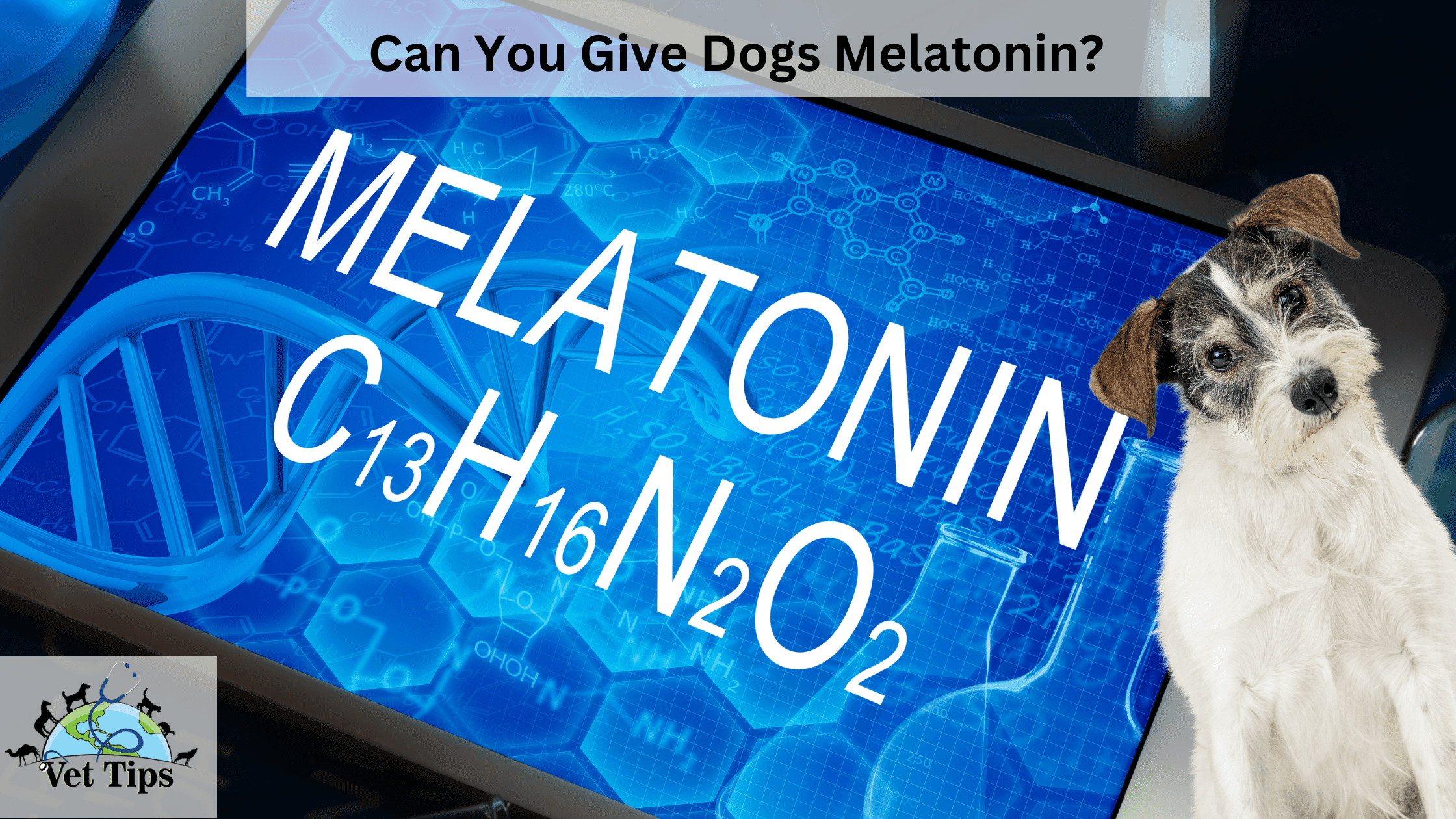Dog owners are frequently perplexed by the strange pimples that may sometimes be found on their four-legged pals, and it’s easy to see why. These little blemishes, which are analogous to human acne, are more widespread than one may initially believe. This article delves into the fascinating world of so-called “Dog Pimples,” investigating their origins, possible treatments, and how they compare to their human counterparts in terms of severity.
Dog Pimples
Dog pimples, also known as “papules” in the medical community, are little, raised lumps that can occur on a dog’s skin, very similar to the appearance of human acne. The accumulation of excess oil, irritation, or obstructed hair follicles are often the root causes of these pimples. Dog acne is typically caused by a variety of underlying reasons, including allergies, parasites, or improper grooming practices, in contrast to human acne, which is commonly connected with changes in hormone levels.
As people who own dogs, we frequently find ourselves impressed by the resiliency and camaraderie that our canine companions bring into our lives. It is simple to lose track of the nuances of their skin health amidst all of the wagging tails and slobbery licks that are exchanged. Pimples on a dog, no matter how little they may appear at first glance, might be symptoms of deeper problems that require care. Because these annoying lumps can cause discomfort in dogs, just as they can in humans, it is essential to have a fuller understanding of their causes, consequences, and potential treatments.
Unveiling the Triggers of Dog Pimples
The factors that might set off an outbreak of canine pimples are somewhat different from those that can cause acne in humans. Canine papules are mostly influenced by environmental variables, in contrast to human acne, which is primarily caused by changes in hormone levels. There are a variety of factors, such as allergies and grooming practices, that might pave the way for these minor skin abnormalities to become visible. Because of this, conducting an exhaustive investigation into their origins is absolutely necessary. This will enable us to get to the bottom of the matter rather than only treating the symptoms of the problem.
Appreciating Canine Diversity: A Skin Perspective
In our effort to solve the riddle of dog pimples, it is essential that we recognize the variety of characteristics that our canine companions possess. There is a wide range of susceptibilities to skin disorders across the various breeds, with some being more prone to acne than others because of the structure of their skin. Bulldogs, for example, with their endearing creases and droops, are particularly vulnerable to this condition. These distinct characteristics result in pockets of skin, which can provide a breeding ground for papules by capturing debris, oil, and moisture. These papules can be very uncomfortable.
Guidance from the Experts: Seeking Veterinary Insights
When it comes to the condition of our pets’ skin, it is imperative that we seek the advice of trained veterinarians. Just as we may talk to dermatologists about our own skin issues, we should do the same for our pets. Veterinarians have the training and experience necessary to diagnose allergies, infections, and any other underlying causes that may be responsible for these acne outbreaks. This analytical approach ensures that the appropriate course of action is adopted, minimizing the risk of problems and reducing needless suffering.
Resisting the Temptation: Understanding Pimple Popping Risks
When we talk about problems, it might be difficult to resist the impulse to burst a canine pimple, especially given how closely they resemble human pimples. However, this would be a mistake. However, while having good intentions, this action may have unintended negative results. Popping a zit may spread bacteria deeper into the skin, which might cause our four-legged pets to experience possible discomfort and even illness. It is advisable to leave the popping to trained specialists and instead concentrate on preventative steps to ensure that our canine and feline friends continue to have smooth and healthy skin.

Proactive Measures for Lasting Skin Health
Taking preventative measures regarding our dogs’ skin health is a simple step that may have a significant influence on the overall quality of their lives as we strive to improve their standard of living. In order to treat dog pimples before they get more severe, it is important to monitor the dog’s behavior, take note of any changes in their skin, and seek the assistance of a veterinarian as soon as possible. After all, the strength of the link that exists between humans and their devoted companion animals may be objectively observed in the form of a cheerful, healthy puppy with radiant skin.
A Bond Woven in Understanding and Care
Therefore, while we continue on this road of companionship with our dogs, let us not forget to pay attention to the tiny indications that they provide us. Those seemingly innocuous dog pimples might very well be a cry for attention, an opportunity for us to show them that we appreciate the love and care that they provide us on a regular basis. After all, their well-being is tightly woven into the fabric of our lives, and comprehending the particular skin health requirements of our companion animals is an essential component of the lovely fabric that is our relationship with them.
Comparative Analysis: Dog Pimples vs. Human Pimples
Pimples on a dog’s face and zits on a human’s face are both caused by blocked pores, but their causes and features are very different. Pimples on a dog’s face are more likely to be caused by external causes such as allergies and skin irritants than they are on a human’s face, where they are frequently associated with puberty and changes in hormone levels. In addition, whereas acne bumps on humans can fluctuate in size and intensity, those seen on dogs are often less severe, and they are less likely to burst.
Understanding the Causes of Dog Pimples
There are several potential causes of canine acne, including the following:
- Intolerances to substances such as food, pollen, or other elements of the environment
- Poor grooming practises, which lead to filth and oil becoming entrapped.
- Having direct contact with irritants, such as some plants or substances
- Infections caused by bacteria or yeast
- Hormonal instabilities, particularly in intact dogs (i.e., canines who have not been spayed or neutered).
A Visual Overview
Without a doubt! According to the findings of several studies and reports, the following are the most common factors that bring about canine acne:
|
Cause |
Percentage |
|
Allergies |
30% |
|
Poor Grooming Practices |
25% |
|
Bacterial/Yeast Infections |
20% |
| Irritants |
15% |
| Hormonal Imbalances |
10% |
Treatment Approaches for Dog Pimples
The therapy for canine acne is contingent on determining the underlying cause of the condition.
- Allergies: Identifying and eliminating the allergen is crucial.
- Poor Grooming: Regular baths, brushing, and proper hygiene can prevent future breakouts.
- Infections: Your vet may prescribe antibiotics or antifungal medications.
- Irritants: Avoiding known irritants and using gentle pet-safe products can help.
- Hormonal Imbalances: Spaying/neutering can help address hormonal triggers.
FAQs
Can dog pimples be contagious to other pets?
The answer is no; dog acne is not communicable. They are almost always caused by unique reasons and are not contagious between pets of different households.
Are there some dog breeds that are more prone to developing acne than others?
Because of the way their skin folds or because they have short hair, certain breeds, such as Bulldogs and Boxers, may be more prone to the condition than others.
Is it OK to burst my dog’s zits the same way I do mine?
It is very recommended that you refrain from popping dog pimples since doing so can result in infection, discomfort, and a worsening of skin concerns.
Should I make any dietary adjustments to my dog if I feel that he has allergies?
Before making any changes to your dog’s food, it is strongly suggested that you speak with your veterinarian first. They will be able to direct you in the selection of a diet that is suitable for allergies.
Can a dog develop acne as a result of stress?
Although there is some evidence that stress plays a role in the development of skin problems in dogs, it is not often the only one. It may be helpful to address the underlying source of stress as well as to create a healthy atmosphere.
Conclusion
In conclusion, in order to understand dog pimples and effectively treat them, a multidisciplinary approach is required. This article tries to shed light on a prevalent yet puzzling issue by comparing them to their human equivalents, investigating the causes of their occurrence, and giving insights into the management of these conditions. Always keep in mind that keeping the joyous, blemish-free wag of your canine partner requires awareness and a proactive approach when it comes to the skin health of your canine companion.
Tell us in the comments, how you like our article “Canine Skin Issues: Unravelling the Mystery of Dog Pimples”
For similar posts like this, click here.
For the source file, click here.




